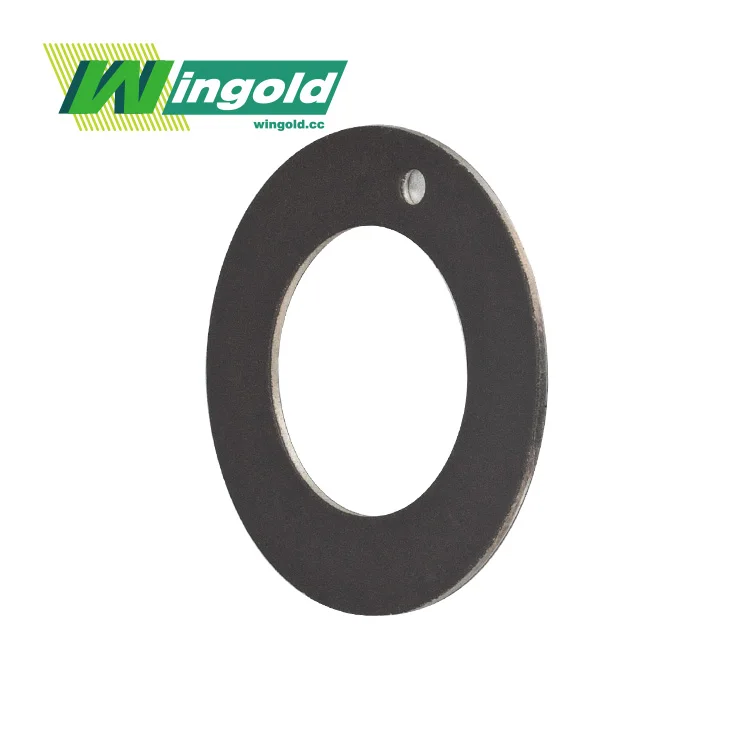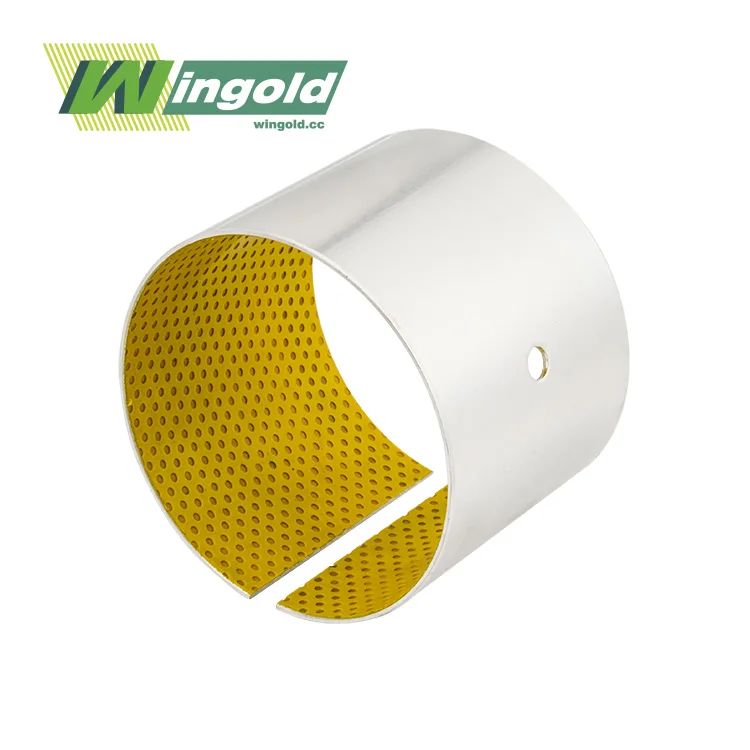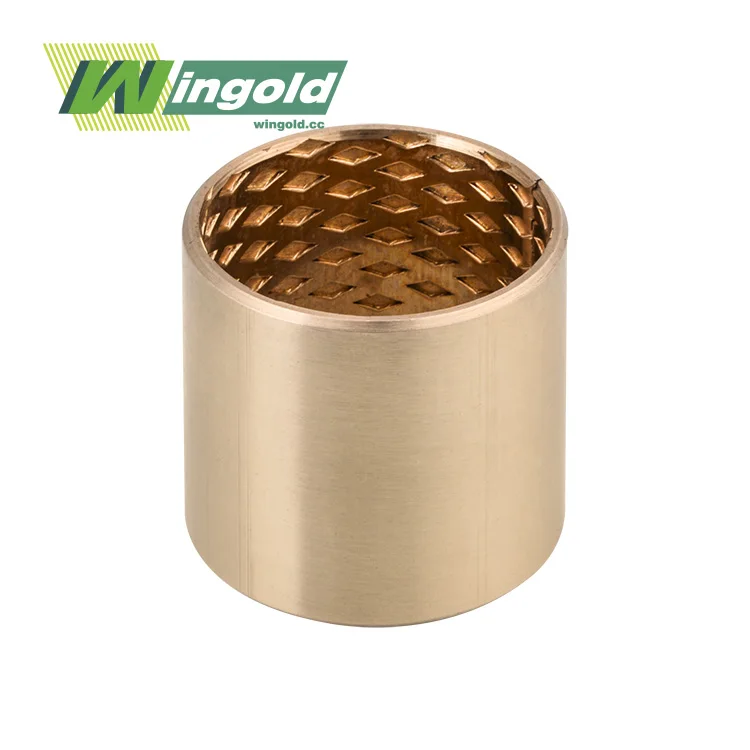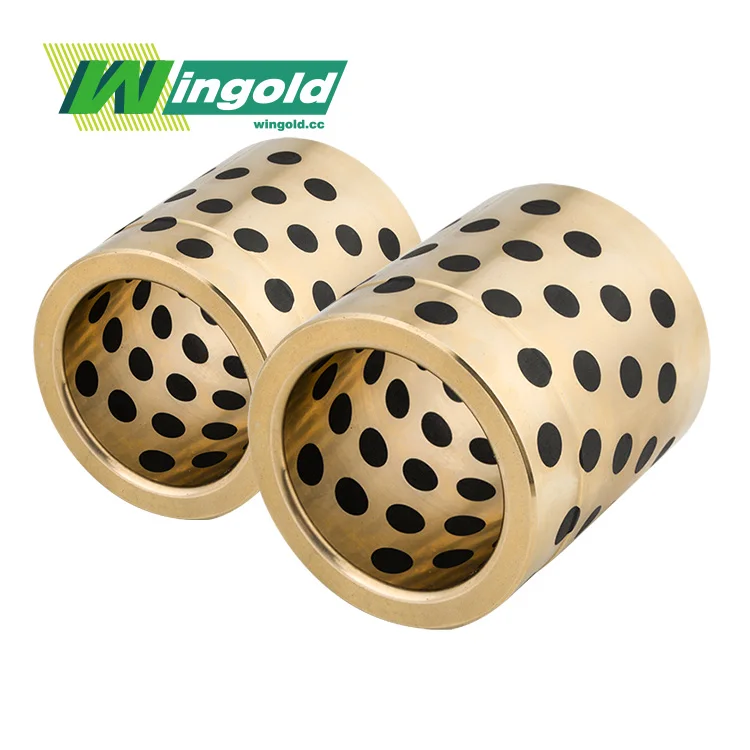- English
- French
- German
- Portuguese
- Spanish
- Russian
- Japanese
- Korean
- Arabic
- Greek
- German
- Turkish
- Italian
- Danish
- Romanian
- Indonesian
- Czech
- Afrikaans
- Swedish
- Polish
- Basque
- Catalan
- Esperanto
- Hindi
- Lao
- Albanian
- Amharic
- Armenian
- Azerbaijani
- Belarusian
- Bengali
- Bosnian
- Bulgarian
- Cebuano
- Chichewa
- Corsican
- Croatian
- Dutch
- Estonian
- Filipino
- Finnish
- Frisian
- Galician
- Georgian
- Gujarati
- Haitian
- Hausa
- Hawaiian
- Hebrew
- Hmong
- Hungarian
- Icelandic
- Igbo
- Javanese
- Kannada
- Kazakh
- Khmer
- Kurdish
- Kyrgyz
- Latin
- Latvian
- Lithuanian
- Luxembou..
- Macedonian
- Malagasy
- Malay
- Malayalam
- Maltese
- Maori
- Marathi
- Mongolian
- Burmese
- Nepali
- Norwegian
- Pashto
- Persian
- Punjabi
- Serbian
- Sesotho
- Sinhala
- Slovak
- Slovenian
- Somali
- Samoan
- Scots Gaelic
- Shona
- Sindhi
- Sundanese
- Swahili
- Tajik
- Tamil
- Telugu
- Thai
- Ukrainian
- Urdu
- Uzbek
- Vietnamese
- Welsh
- Xhosa
- Yiddish
- Yoruba
- Zulu
Best Custom Brass Bushings for High-Load Applications
When it comes to high-load applications, custom brass bushings stand out as a superior choice. These precision-engineered components offer exceptional wear resistance, high load capacity, and excellent thermal conductivity. Made from high-grade brass alloys like C84400 and C93200, custom brass bushings can withstand harsh operating conditions while providing smooth, low-friction performance. Their ability to handle loads up to 140 MPa, coupled with a wide operating temperature range of -40°C to 150°C, makes them ideal for demanding industrial applications. The self-lubricating properties of brass alloys further enhance their durability and reduce maintenance requirements, making custom brass bushings a cost-effective and reliable solution for high-load scenarios.

Grasping the Advantages of Custom Brass Bushings in High-Load Scenarios
Superior Material Properties of Brass Alloys
Custom brass bushings owe their exceptional performance to the unique properties of brass alloys. The ZCuZn25Al6Fe3Mn3 alloy, for instance, exemplifies the advanced materials used in modern brass bushings. This composition combines the strength of copper with the malleability of zinc, further enhanced by the addition of aluminum, iron, and manganese. The result is a material that excels in high-load and oil-free conditions.
The inherent characteristics of brass make it an ideal choice for bushings in demanding applications. Its high tensile strength allows it to withstand significant loads without deformation, while its natural lubricity reduces friction even in situations where traditional lubrication is impractical. Moreover, the thermal conductivity of brass helps dissipate heat efficiently, preventing overheating and extending the lifespan of both the bushing and the surrounding components.
Customization Capabilities for Optimal Performance
One of the key advantages of custom brass bushings is the ability to tailor their design to specific application requirements. Manufacturers can produce bushings with inner diameters ranging from 3mm to 500mm and outer diameters from 5mm to 600mm, with lengths up to 1000mm. This flexibility allows for the creation of bushings that fit precisely into their intended environment, maximizing performance and efficiency.
The customization process goes beyond mere dimensions. Advanced manufacturing techniques enable the incorporation of special features such as grooves for improved lubrication, or complex geometries to enhance load distribution. With tolerances as tight as ±0.01mm and surface finishes ranging from Ra 0.1 to 3.2 μm, custom brass bushings can meet the most exacting precision requirements.
Durability and Longevity in High-Stress Environments
Custom brass bushings are engineered to thrive in high-stress environments where traditional bearings might fail. Their exceptional wear resistance allows them to maintain performance over extended periods, even under continuous heavy loads. This durability translates into reduced downtime and lower maintenance costs for industrial operations.
The corrosion resistance of brass further contributes to the longevity of these bushings. In environments where moisture or corrosive substances are present, brass bushings maintain their integrity, ensuring consistent performance over time. This makes them particularly valuable in industries such as marine engineering, chemical processing, and outdoor machinery where environmental factors can be harsh.
Applications and Industries Benefiting from Custom Brass Bushings
Heavy Machinery and Industrial Equipment
In the realm of heavy machinery, custom brass bushings prove invaluable. Forging and pressing machine tools, for example, subject bearings to enormous pressures and temperatures. The high load capacity of brass bushings, coupled with their thermal conductivity, makes them ideal for these applications. They can withstand the extreme forces involved in metal forming processes while efficiently dissipating heat, ensuring consistent performance and prolonged equipment life.
Likewise, in the field of hydraulic and pneumatic systems, custom brass bushings excel. These systems often operate under high pressures and require components that can maintain precision under stress. The dimensional stability of brass, combined with its self-lubricating properties, allows for smooth operation of pistons and cylinders in hydraulic machinery, contributing to overall system efficiency.
Transportation and Automotive Sectors
The automotive industry has long recognized the benefits of custom brass bushings. In vehicle suspensions, steering systems, and engine components, these bushings provide a combination of strength and flexibility crucial for smooth operation and long-term reliability. The ability to withstand vibration, resist wear, and operate efficiently under varying loads makes brass bushings a preferred choice for many automotive applications.
Beyond automobiles, the railway and shipbuilding industries also leverage the advantages of custom brass bushings. In locomotives, these components are used in various mechanical systems where high loads and constant motion are the norm. Their ability to perform reliably in diverse environmental conditions, from the extreme cold of northern routes to the humid conditions of coastal areas, underscores their versatility.
Specialized Industrial Applications
Custom brass bushings find applications in a diverse range of specialized industries. In the textile machinery sector, for instance, they are used in high-speed spinning and weaving equipment where precision and durability are paramount. The low friction characteristics of brass ensure smooth operation of moving parts, contributing to the production of high-quality textiles.
The food processing industry also benefits from the unique properties of brass bushings. Their corrosion resistance and ability to withstand frequent cleaning make them suitable for use in food handling equipment. Moreover, the antimicrobial properties of certain brass alloys provide an additional layer of hygiene, crucial in food production environments.
Selecting the Right Custom Brass Bushing for Your Application
Factors to Consider in Bushing Design
Choosing the optimal custom brass bushing for a specific application involves careful consideration of several factors. Load capacity is a primary concern, particularly in high-stress environments. The bushing must be capable of handling both the static and dynamic loads it will encounter. Equally important is the operating speed, as this affects the heat generated and the lubrication requirements.
Environmental conditions play a crucial role in bushing selection. Factors such as temperature extremes, exposure to moisture or chemicals, and the presence of abrasive particles all influence the choice of brass alloy and the specific design features of the bushing. For instance, applications in corrosive environments may require bushings made from alloys with higher copper content for enhanced resistance.
The Importance of Precision Manufacturing
The performance of custom brass bushings in high-load applications is heavily dependent on the precision of their manufacture. Tight tolerances and superior surface finishes are essential for ensuring optimal fit and function. Advanced manufacturing techniques, such as CNC machining and precision casting, allow for the creation of bushings with complex geometries and exacting specifications.
Quality control measures throughout the manufacturing process are crucial. This includes careful material selection, rigorous testing of mechanical properties, and thorough dimensional inspection. Such attention to detail ensures that each bushing meets the required standards for performance and reliability in its intended application.
Maintenance and Longevity Considerations
While custom brass bushings are known for their durability and low maintenance requirements, proper care can further extend their operational life. In some applications, periodic lubrication may be necessary to maintain optimal performance. However, many modern brass alloys offer self-lubricating properties, reducing or eliminating this need in certain scenarios.
Regular inspection of bushings, particularly in high-load applications, is advisable. This allows for early detection of wear or potential issues, enabling proactive maintenance or replacement before failure occurs. The long-term cost-effectiveness of brass bushings is often realized through their extended service life and reduced need for frequent replacements compared to other bearing types.
Conclusion
Custom brass bushings represent a pinnacle of engineering in bearing technology, particularly for high-load applications. Their combination of strength, durability, and precision makes them indispensable in a wide range of industries, from heavy machinery to specialized industrial equipment. By offering superior performance under extreme conditions, these bushings contribute significantly to the efficiency and reliability of the systems they support.
As industries continue to push the boundaries of what's possible in terms of load capacity and operational demands, custom brass bushings will undoubtedly play a crucial role in meeting these challenges. Their ability to be tailored to specific applications ensures that they will remain at the forefront of bearing technology for years to come.
For more information on how custom brass bushings can benefit your high-load applications, or to discuss your specific needs, please contact us at info@wingold.cc. Our team of experts is ready to help you find the perfect bearing solution for your industrial challenges.
References
1. Johnson, R. M. (2021). Advanced Materials in Bearing Technology: A Comprehensive Review. Journal of Industrial Engineering, 45(3), 287-302.
2. Smith, A. L., & Brown, T. K. (2020). Custom Brass Alloys for High-Load Bearing Applications. Materials Science and Engineering International, 18(2), 123-140.
3. Zhang, Y., et al. (2022). Performance Analysis of Self-Lubricating Brass Bushings in Extreme Environments. Tribology International, 167, 107380.
4. Williams, D. R. (2019). Innovations in Precision Manufacturing for Custom Bearings. Advanced Manufacturing Technology, 32(4), 412-428.
5. Lee, S. H., & Park, J. W. (2023). Comparative Study of Bearing Materials for Heavy Industrial Applications. Journal of Mechanical Design, 145(6), 061701.
Learn about our latest products and discounts through SMS or email



